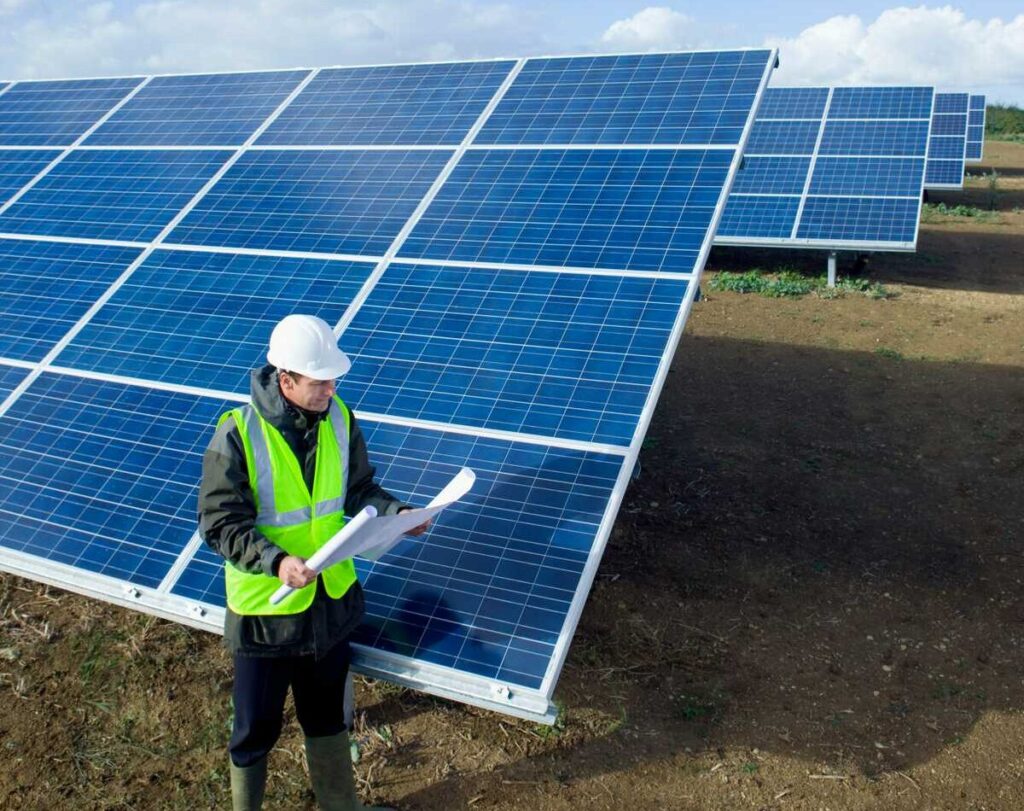Did you know that even on the cloudiest of days, the earth is consistently struck by an astonishing 174,000 terawatts of energy from the sun?
That’s an enormous amount of untapped energy, but what if you could harness just a fraction of it to power your home or business?
With solar panels, you can do just that. Not only can you save money on your energy bills, but you’ll also be doing your part to help the environment by reducing your carbon footprint.
So if you’re curious about how much solar panels can save you, keep reading to find out more.
How Much Does a Solar Panel System Cost?
It’s impossible to estimate cost saving with solar energy without first addressing how much solar panels cost. That’s because you can’t estimate how much you’ll save on any product or service when you have no idea how much it costs.
So let’s find out how much solar panels cost and use that as a basis for estimating how much you stand to save by switching to solar energy.
A solar panel system can cost anything between $3,500 and $35,000 and about $16,000 on average. As you’d expect, the exact cost of your system will depend on several factors. The most crucial ones include:
Your Energy Needs
The higher your energy consumption, the more solar panels you’ll need for your system and the more you’ll pay to buy and have them installed.
Your Solar Panel Company
Solar panel brands price their products differently and charge varying prices for installation. Cheap isn’t always the best option. You want to find a company that offers the right balance of value for money and competitive pricing.
Chariot Energy would be a great choice, especially because we offer a competitively priced custom made package that allows homeowners to go solar without investing in solar panels.
Solar Panel Type
Solar panels come in three types: Monocrystalline, Polycrystalline, and Thin-Film Solar Panels. Monocrystalline solar panels and their Thin-Film counterparts cost $1.00-$1.50 per watt. Polycrystalline panels are slightly cheaper, costing $0.90 – $1.00 per watt.
Your Location
Your location counts because it dictates the number of sunny days you get per year, which determines the number of solar panels you need to meet your energy needs. Your location also determines the size of tax incentives and rebates, which can affect the solar panel cost.
How Much Do Solar Panels Save?
One of the biggest cost savings associated with solar panels is a reduction in your electricity bills. By generating your own electricity, you can significantly reduce your reliance on your utility company and, in some cases, even eliminate your electricity bill altogether.
This means that over time, you can save thousands of dollars on your energy costs. So how much can you expect to save on your electricity bills?
Again, the answer to this question will depend on a few factors, including the size of your solar panel system, the amount of sunlight your panels receive, and your energy usage habits. That being said, homeowners with solar panels can expect to save between $600 and $1,500 per year on their electricity bills.
Payback Period
Of course, these savings will take some time to accumulate, as it will likely take several years for your solar panel system to pay for itself. This is known as the payback period and is the amount of time it takes for the savings on your electricity bills to equal the initial cost of the solar panels, including installation cost.
The average payback period for most residential solar panel systems is 5 to 10 years. However, it can vary greatly depending on several individual-specific factors. For example, if you live in an area with high electricity rates, you may be able to recoup your investment more quickly than if you live in an area with lower rates.
Similarly, if you take advantage of available incentives and rebates, you can reduce the upfront cost of your solar panel system and accelerate the payback period.
Increase in Property Value
Another factor to consider when calculating the cost savings associated with solar panels is the potential increase in home value. According to the National Renewable Energy Laboratory (NREL), every dollar you save on energy bills increases your home’s value by about $20.
That means if your solar panel system cuts down your energy bills by $600 per year, your property value will increase by about $12,000. And if you have a pretty good system that saves you $1,500, you could be looking at a $30,000 increase in property value that year.
It’s not just the NREL that finds homes with solar panels to be more valuable. A study by Berkeley found that homes with solar panels sold for an average of $15,000 more than comparable homes without them.
Selling Excess Solar Power
With the right arrangement, you can sell excess solar power. We offer one such arrangement through the Rise & Shine Plan. Not only do you get to make money when your home solar panel system produces excess energy, but also you get the peace of mind of knowing that you’ll always have access to 100% grid power when your system comes up short.
Saving with Solar: Summing Up
All in all, the short answer to the question “How much do solar panels save?” is that it depends on the upfront cost of your solar panel system, which is influenced by your home’s energy needs, your location, solar panel type, and the solar panel company you choose to work with.
If statistics are anything to go by, you can expect to save between $600 and $1,500 per year on your electricity bills. These savings can add up to thousands of dollars over time and may even eliminate your electricity bill altogether.
Installing solar panels can also increase your property value and help reduce your carbon footprint. If you’re ready to make the switch to solar energy and aren’t sure how to go about it, get in touch with us. We’ll handle all your questions to help make the transition as smooth as possible.

